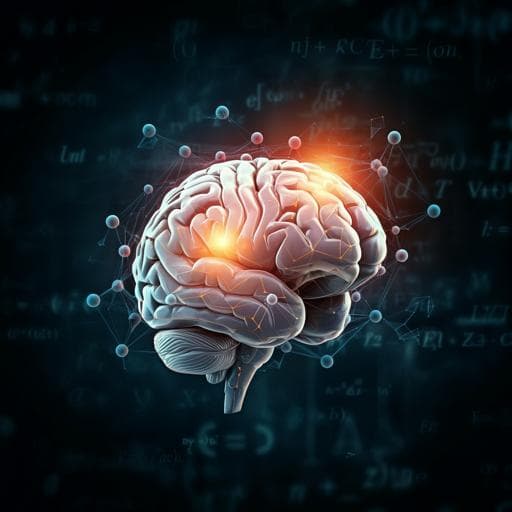
Psychology
Arithmetic skills are associated with left fronto-temporal gray matter volume in 536 children and adolescents
N. Viesel-nordmeyer and J. Prado
This exciting study by Nurit Viesel-Nordmeyer and Jérôme Prado explores how structural differences in specific brain regions correlate with arithmetic skills in children and adolescents. With a sample of 536 young participants, the research reveals fascinating insights into how the left inferior frontal gyrus and middle temporal gyrus play a significant role in individual arithmetic abilities.
~3 min • Beginner • English
Related Publications
Explore these studies to deepen your understanding of the subject.







